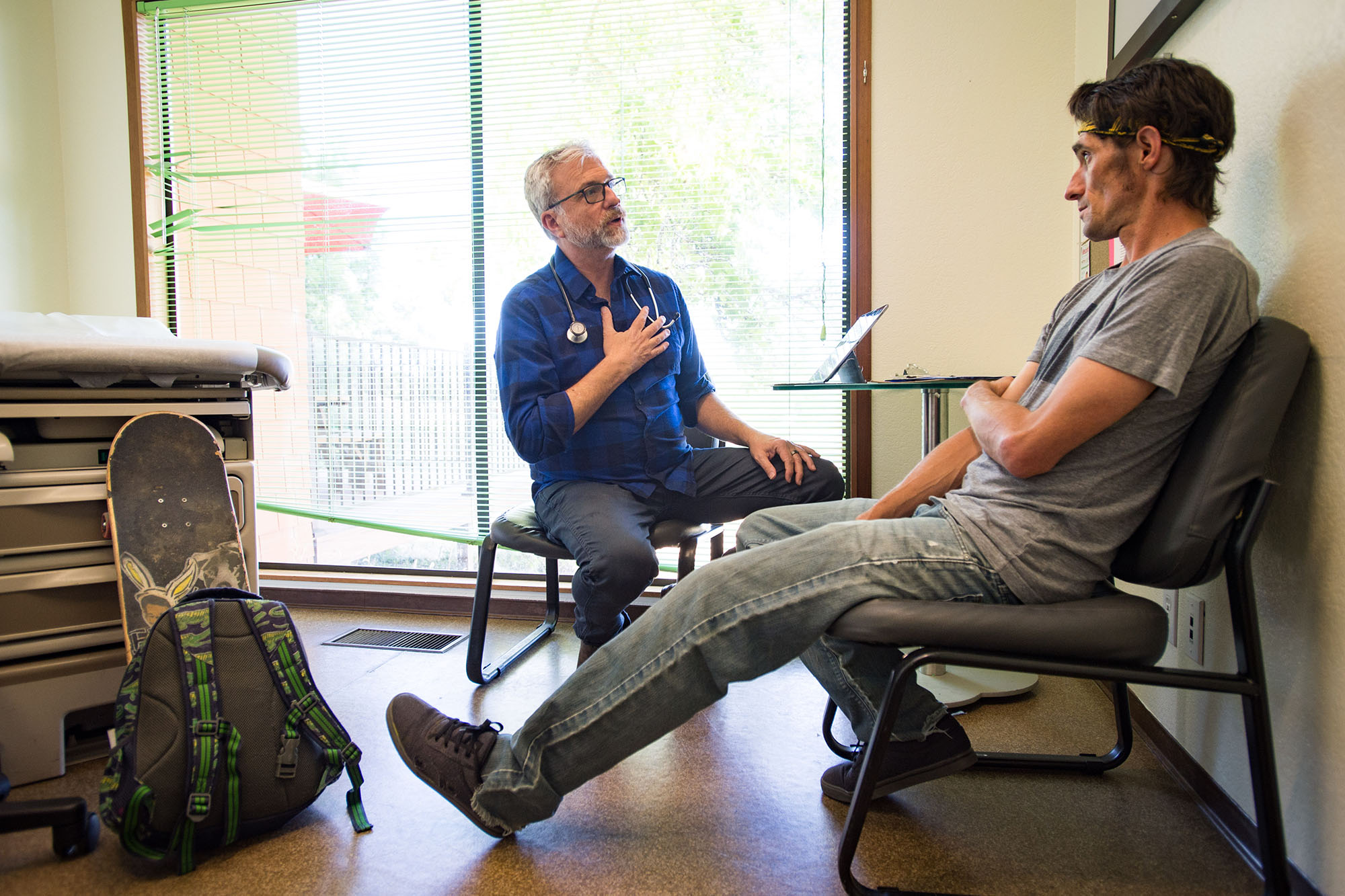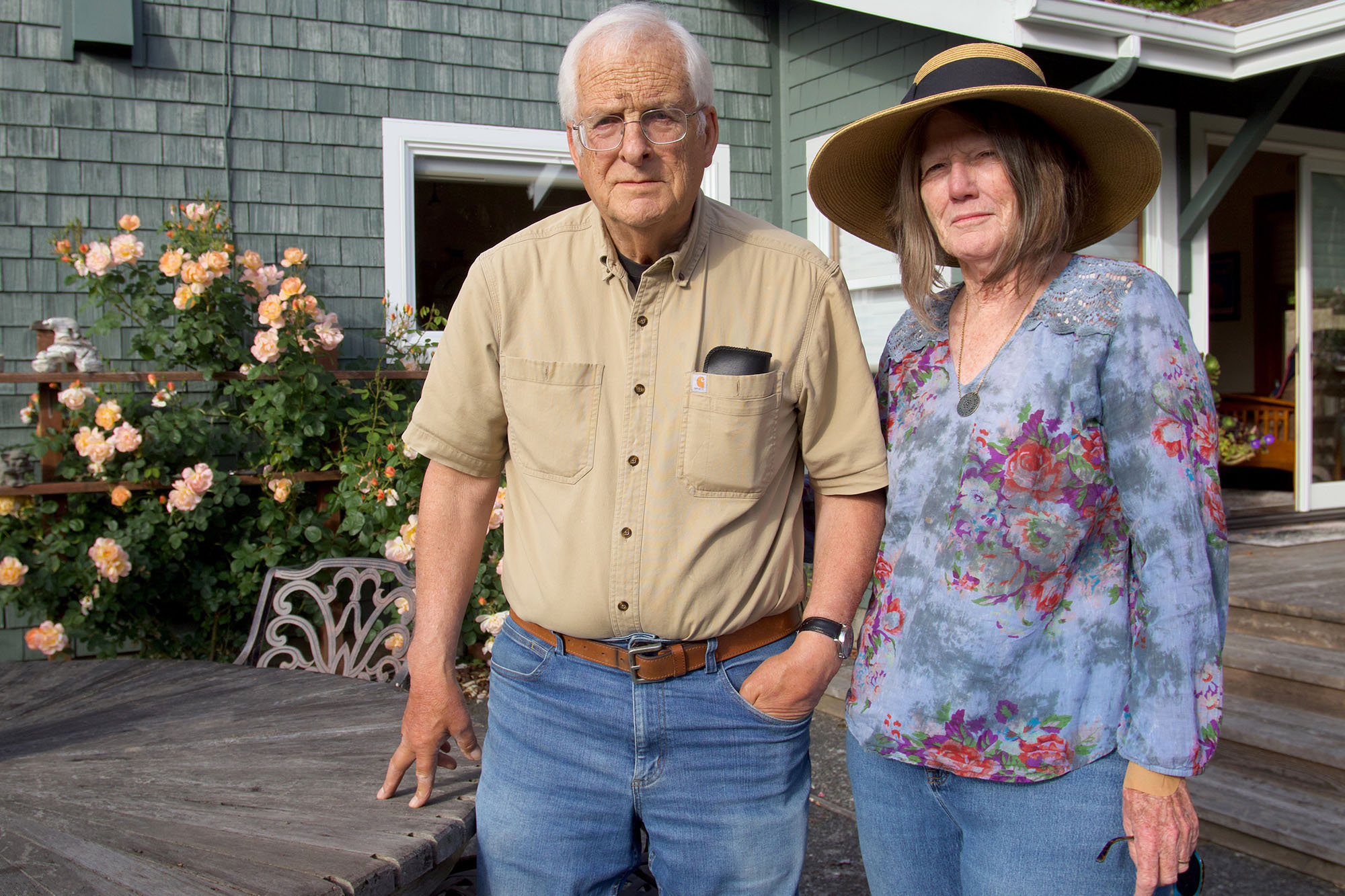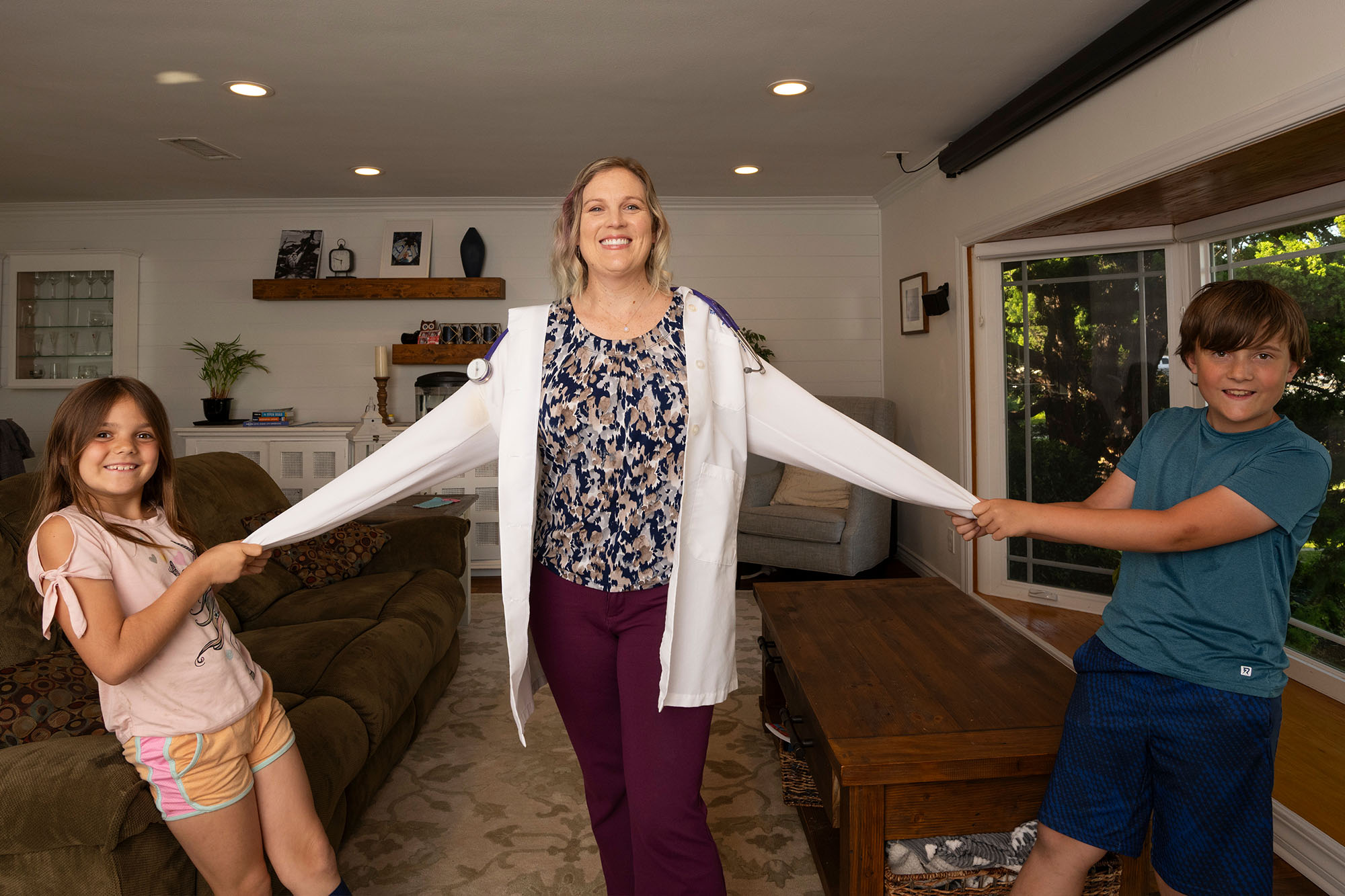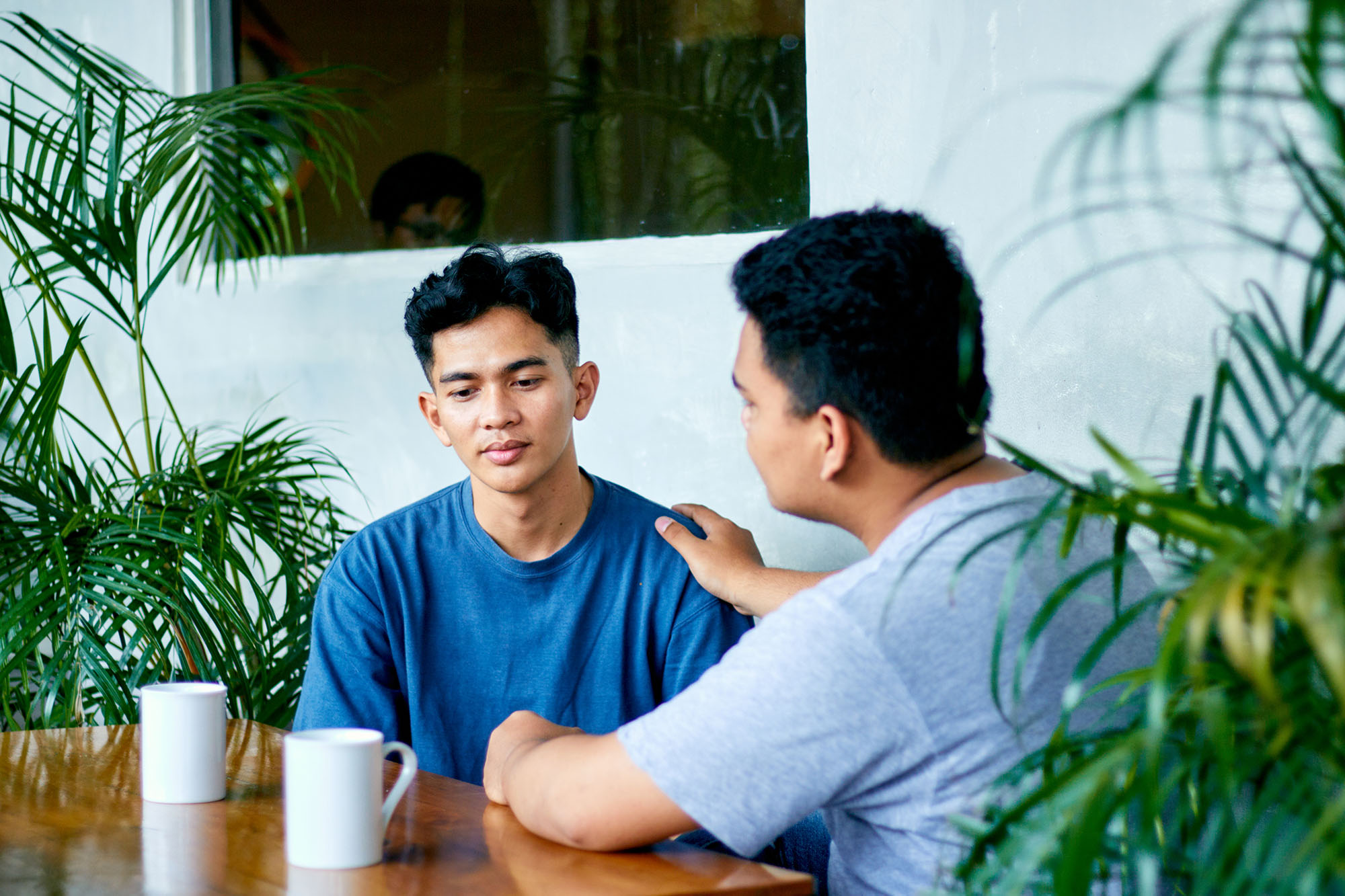|
Getting your Trinity Audio player ready…
|
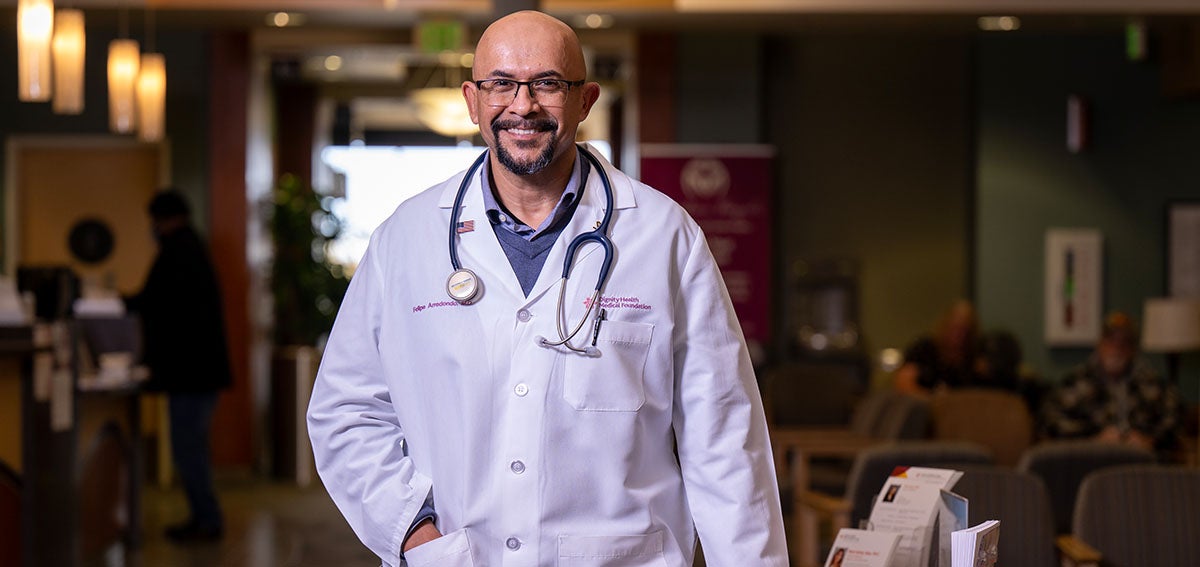
Felipe Arredondo was accepted into college and excited about pursuing a career in medicine when his parents gave him the shocking news that jeopardized his dream: He was undocumented.
He had grown up in Sacramento and always assumed he was a US citizen. The fear and shame he felt when he discovered otherwise led Arredondo to forgo his spot in college. In the next two decades, he joined the military, got married, had three children, and worked for AT&T as a customer service translator. Yet his interest in medicine persisted.
At the age of 42, he earned a bachelor’s degree in biological sciences at Sacramento State University, where a chance encounter with a director from the UC Davis School of Medicine reignited his dream. The connection gave him the opportunity to enroll in a free program at the school that helped people prepare for the Medical College Admission Test (MCAT) and apply to medical school. In 2014, he received an email from a medical school admission officer at UC Davis inviting him to schedule an interview. He was elated when he was accepted into the program a few months later.
Increasing Diversity of Future Doctors
It was no accident that when Arredondo graduated from medical school and finished his primary care residency at UC Davis Health, he stayed in the greater Sacramento area to work as an internal medicine physician. Leaders at the UC Davis School of Medicine have worked diligently for the past 15 years to increase the racial/ethnic diversity of students, with the goal of improving health care for the most underserved populations in California. They have pioneered new approaches to the admissions process, increased financial aid, and created pathways to support students interested in primary care in rural, urban underserved, Native American, and Central Valley communities.
“I wanted to stay in Sacramento because there are many marginalized people who deserve better medical care,” said Arredondo. “I did not have medical care until I joined the military, so I feel like one of them.”
Early in his career, Mark Henderson, MD, associate dean of admissions for the UC Davis School of Medicine, was bothered by the fact that medical schools throughout the nation lacked both racial/ethnic and economic diversity in student cohorts. Henderson, who grew up in a working-class neighborhood in San Jose, started working at UC Davis in 2000, when less than 10% of the medical students were from underrepresented backgrounds.
“If you have providers who share the culture and language of their patients, these physicians are more likely to advocate for and establish trust with patients,” said Henderson. “This sense of trust will help us make progress with behavior changes that are needed to treat prevalent conditions like diabetes, hypertension, and substance use.”
The school’s efforts to diversify the physician workforce are paying off. The newest UC Davis class is 27% Hispanic/Latino/x, 16% Black/African American, and 3.6% American Indian/Alaska Native. By comparison, 2024 data on incoming students to California’s 10 public and private allopathic medical schools (not including Kaiser Permanente Bernard J. Tyson School of Medicine) shows that only 19% identified as Latino/x, 10% identified as Black/Africa American, and less than 1% identified as American Indian/Alaska Native. The statewide data on medical school submissions was compiled by the University of California.
During an informational hearing of the Assembly Health Committee in February 2024 with Assemblymember Mia Bonta, Henderson explained that most US medical students are from wealthy families. Half come from families in the top 20% of households by income, while less than 5% come from families in the bottom 20%. At UC Davis, 60% of medical students come from families at or below the US median family income, and about 45% are in the first generation of their family to earn a college degree — compared with 15% of medical students nationally.
A New Approach to Admissions
The demographic shifts in the UC Davis student cohorts can be attributed in part to an innovative, holistic admissions process that focuses on more than MCAT scores and grade point averages. The Davis Scale, or distance traveled score, also considers factors like family income level, parental education and occupation, a childhood in an underserved area, and an applicant’s contribution to family income.
In 2014, UC Davis also launched an accelerated three-year medical school track for students interested in primary care, known as the Accelerated Competency-based Education in Primary Care (ACE-PC) program. With funding from Kaiser Permanente and UC Davis, the program can cover tuition costs for students. “Traditional medical students typically graduate with $200,000 or more of debt, so they are more likely to pursue careers in specialties that pay higher salaries,” said Alicia Gonzalez-Flores, MD, executive director of the ACE-PC program. “The funding and the shorter time in school decrease student debt, which allows more students to pursue a career in primary care.”
The students in ACE-PC start school six weeks before the other medical students at UC Davis, and they are paired with mentors and peers who meet with them weekly for support and training. The students in the accelerated program also spend 70 half days in a clinic with a preceptor during the first two years — seven times the number of hours required in the traditional four-year medical school. “We want to keep them motivated and prepare them for residency,” Gonzalez-Flores said.
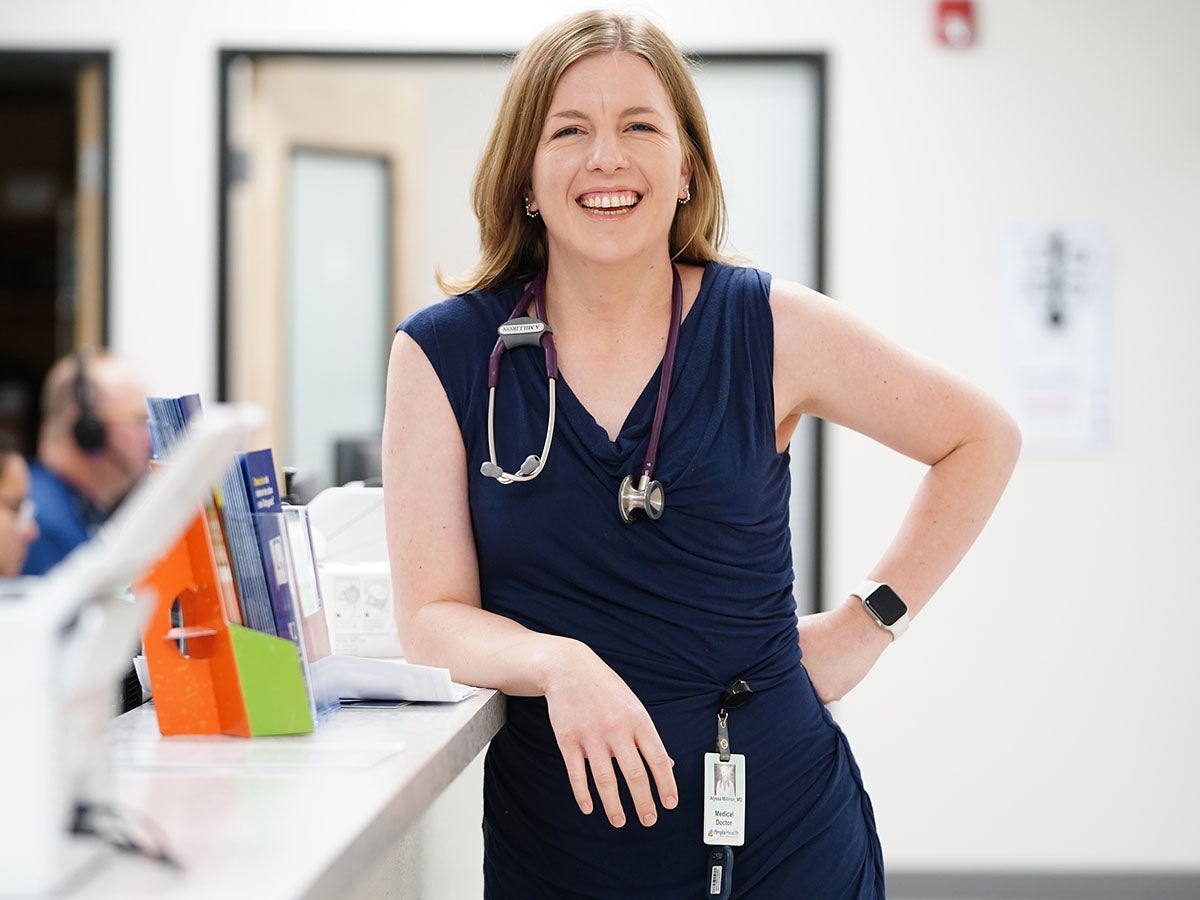
Alyssa Milliron, MD, was drawn to UC Davis because she wanted to work as a primary care doctor in rural Butte County, where she grew up. She had seen the poor quality of care affect family members and friends who were enrolled in Medi-Cal. “It bothered me that the care was subpar for these complicated sick patients,” she said. “I felt like they needed access to good doctors more than anyone.”
When Milliron was accepted into the UC Davis medical school in 2014, she joined the ACE-PC program, which links directly to a residency at either UC Davis or Kaiser Sacramento. “Students typically spend a significant amount of time during the last year flying around the country to find a residency spot, but instead I could focus on learning to be a doctor,” she said.
After completing her residency, Milliron returned to Butte County and started working at a Federally Qualified Health Center for Ampla Health. With so few medical specialists in the area, she covers a wide range of health needs, including mental health care. She recently saw a patient who barely escaped the 2018 Camp Fire in Paradise and was afraid to leave her house since the incident. The middle-aged woman, who was still in temporary housing, was suffering from panic attacks and nightmares.
“This patient population has a history of receiving poor-quality care, so if you are listening and present, you have already won the battle of gaining their trust,” Milliron said. She prescribed two psychiatric medications and helped the woman connect with therapy and permanent housing services. Now the woman can drive without panic attacks and is comfortable leaving her house.
Support at the State Level
Dozens of schools throughout the country have reached out to UC Davis to learn more about the medical school’s strategy to increase diversity despite court rulings over the years that have banned affirmative action in admissions. Bonta hopes to see the state allocate more funding to replicate the school’s diversity-fostering programs. “Racism exists in the health care system, and ensuring patients have advocates and providers coming from similar experiences is a critical pathway to ensuring a stronger, healthier California,” said Bonta. “There is more we can be doing to create at scale some of the best practices UC Davis is employing to recruit and retain a diverse health care workforce.”
Funding is needed not only to provide more scholarships and pathways to train in underserved areas, but for other forms of support that help students as they weather the challenges of medical school, said Henderson. At UC Davis, medical students have access to a full-time psychologist and learning resources that help them develop test-taking strategies. The school has also formed partnerships with community colleges and two California State University campuses through a program called AvenueM, which helps students — many from low-income backgrounds — navigate a path to medical school.
UC Davis currently graduates more than 100 doctors a year, but more programs like it are needed. Milliron plans to stay in Butte County long-term, and she is saddened when many of her patients seem surprised that she is still there. Too often, physicians come just long enough to fulfill service requirements for student loan forgiveness.
Milliron understands important nuances that are lost on short-term providers, such as the difficulty for people in some areas to travel at certain times of the year. When one woman needed surgery for an eye tumor, Milliron leveraged her connections at UC Davis Medical Center to coordinate the procedure and other services on a single day to minimize the patient’s travel.
“She was so grateful for the care,” Milliron said. “One of the saddest and hardest parts is that there are too few of us and too many patients, so we burn providers out. We need a lot more doctors.”
Authors & Contributors
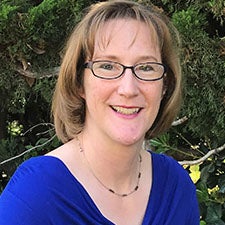
Heather Stringer
Heather Stringer is a freelance health and science journalist based in San Jose. She studied civil engineering at Stanford University and started her journalism career at a daily newspaper in Fremont. Heather began covering health care as a staff writer and editor at a nursing magazine and launched her freelancing career in 2003. Her work has been published in Scientific American, Monitor on Psychology, Cure, Proto, and Nurse.com.

José Luis Villegas
José Luis Villegas is a freelance photojournalist based in Sacramento, California, where he does editorial and commercial work. He has coauthored three books on Latino/x baseball. His work appears in the Ken Burns documentary The 10th Inning and in the ¡Pleibol! exhibition that debuted at the Smithsonian Institution’s National Museum of American History and has been appearing at museums around the country.
Villegas’s work has been exhibited at the Museum of Fine Arts-Houston; the Baseball Hall of Fame in Cooperstown, New York; and at the Oakland Museum of California. Villegas also works as a medical photographer at Shriners Hospital in Sacramento.

Hung T. Vu
Hung T. Vu is a freelance photojournalist and founder of HT Vu Photography, which is based in Redding, California. Vu received a BFA degree in photography at the University of Illinois – Chicago. He began his career as a photojournalist with the Chicago Tribune in 1990 and moved to California in 2009. He and his family settled in Redding in 2012.
Vu has provided photographs of news, sports, and special events in Orange County for the OC Register and now makes photos for the Record Searchlight, the city of Redding, the Los Angeles Times, CalMatters, and the California Health Care Foundation. He also taught photography at Mercy High School in Red Bluff, California.

